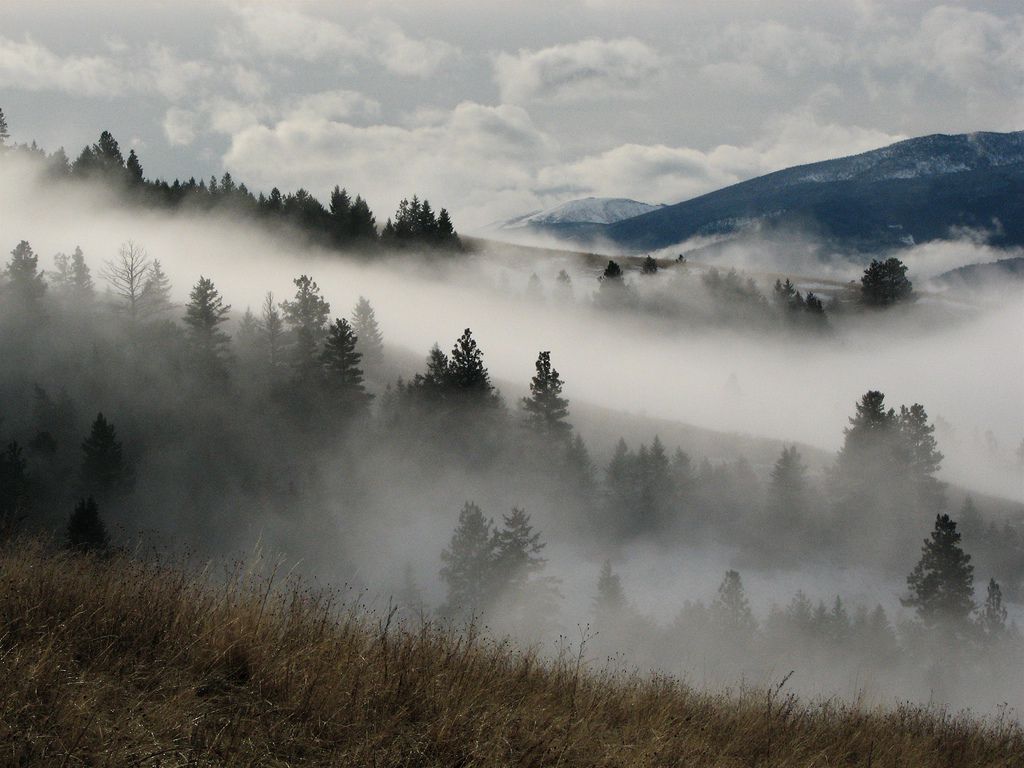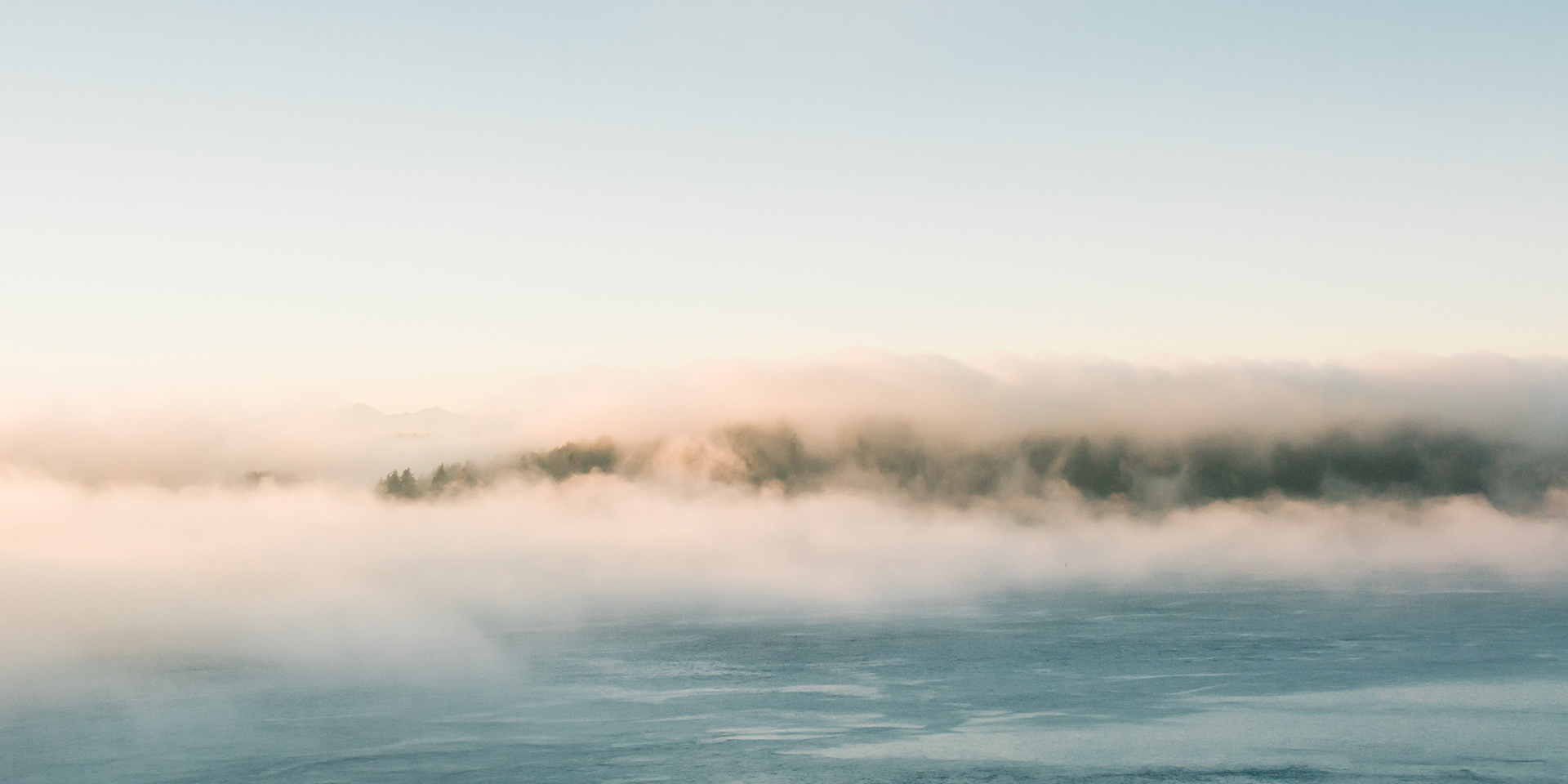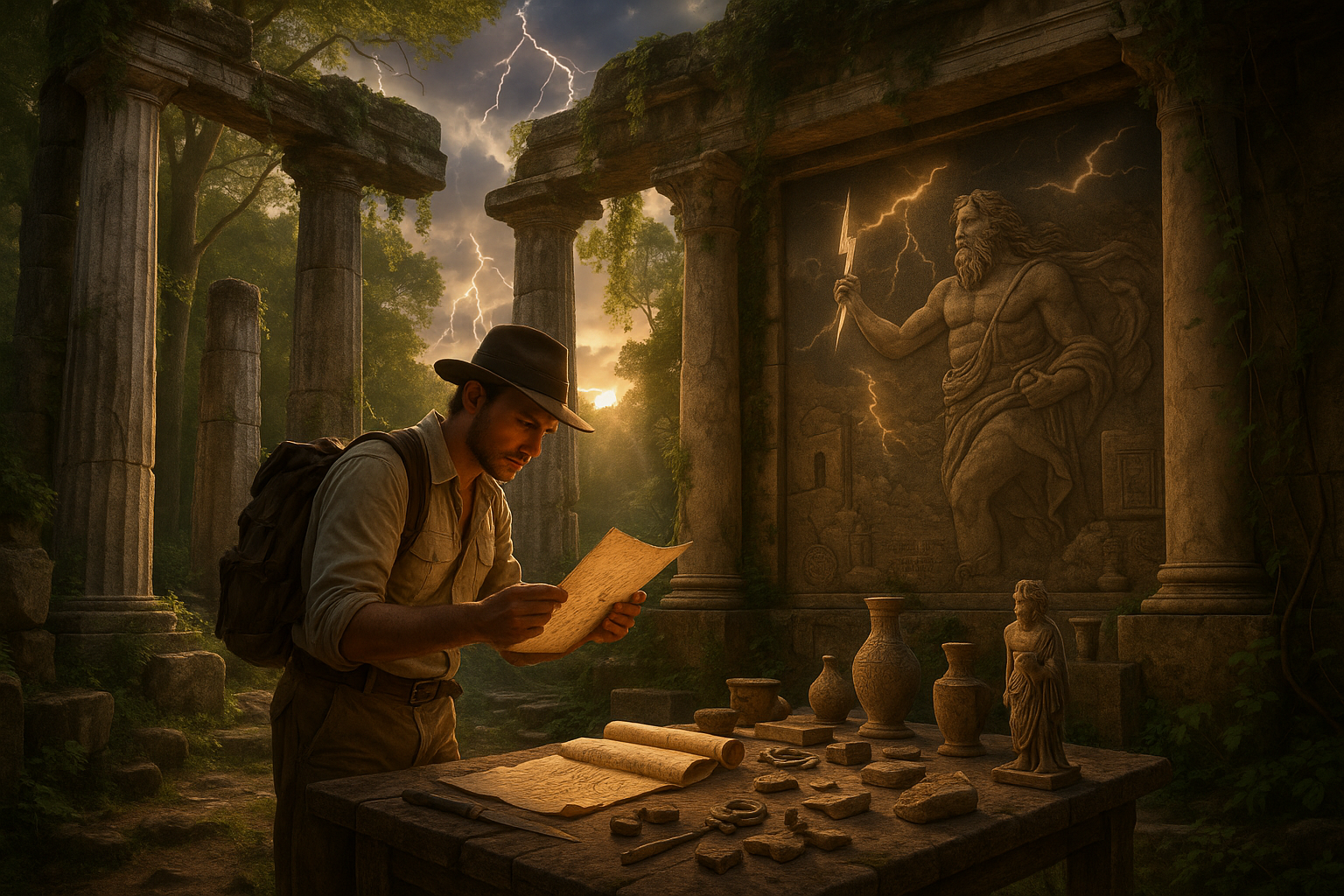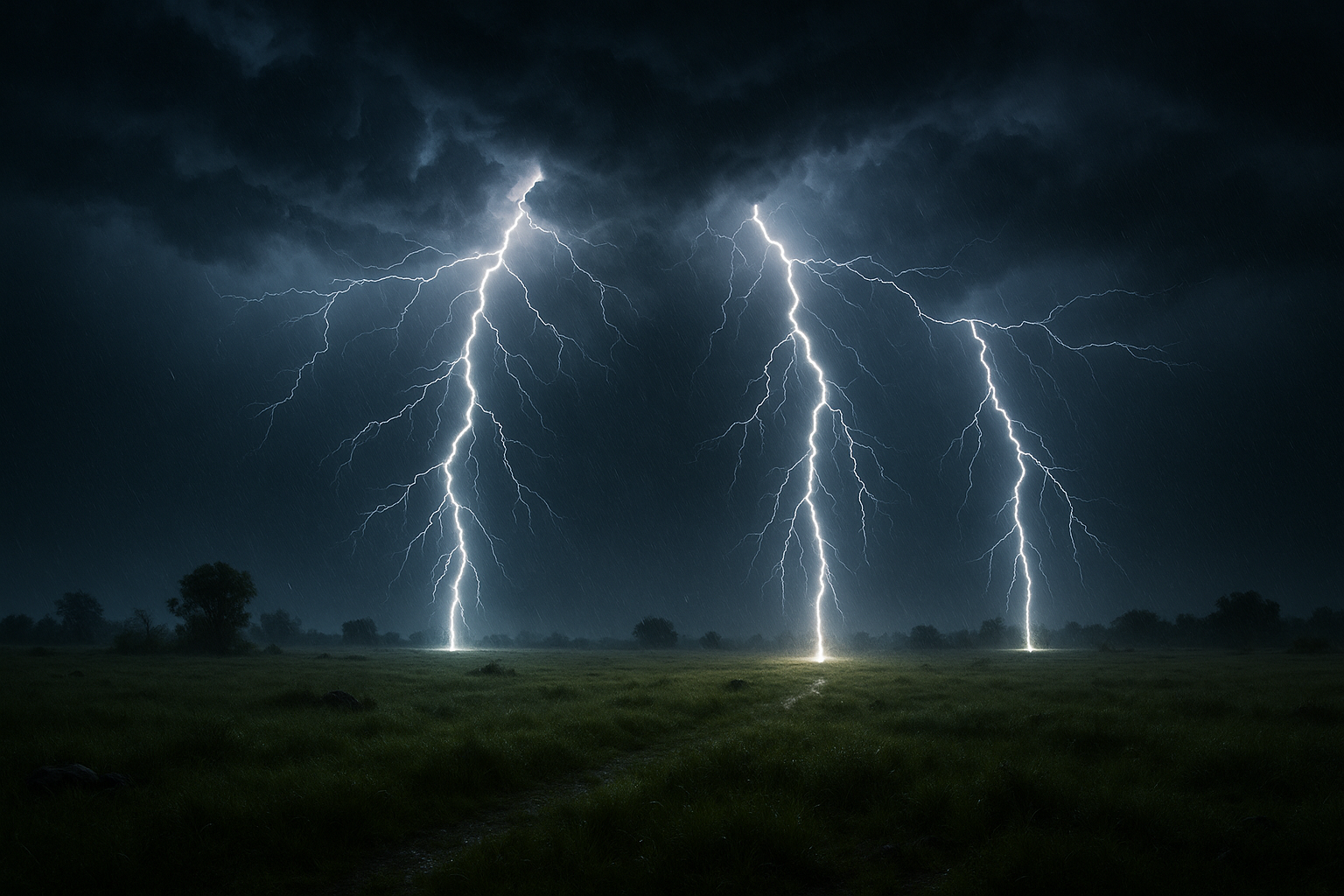In the realm of photography, where light and shadow dance in harmonious chaos, few elements evoke as much mystery and allure as fog and smoke. These ethereal elements have long captivated the imagination of artists, offering an enigmatic backdrop that transforms ordinary scenes into otherworldly landscapes. The art of capturing fog and smoke is more than just a technical challenge; it’s a journey into the depths of mood and atmosphere, where each frame holds the potential to tell a story shrouded in mystery and wonder. In this exploration of fog versus smoke photography, we delve into the nuances that set these two apart, unveiling techniques and insights that will elevate your visual storytelling to new heights.
At first glance, fog and smoke may appear similar, both draping the world in their soft, flowing embrace. However, each possesses distinct characteristics that require unique approaches to capture their essence. Fog, with its natural occurrence and ever-shifting presence, demands a photographer’s patience and understanding of natural light. It softens the landscape, blurring lines and diffusing colors, creating a dreamlike quality that invites viewers to step into a realm of tranquility and mystery. In contrast, smoke, often man-made, presents an opportunity to play with texture and movement. Its swirling tendrils and dynamic shapes can add drama and intensity to a composition, making it a powerful tool for creating visual impact. Mastering the art of photographing these elements involves not only technical prowess but also an intuitive grasp of mood and timing.
In this comprehensive guide, we will explore the technical intricacies and creative possibilities of fog and smoke photography. We’ll begin by examining the tools of the trade, discussing the essential equipment and settings needed to capture these elusive elements effectively. From there, we’ll delve into composition techniques, revealing how to harness the unique qualities of fog and smoke to create compelling narratives within your images. You’ll learn about the importance of light, the magic of timing, and the subtle art of post-processing to enhance your photographs’ atmospheric qualities. Whether you’re seeking to convey a sense of serenity through mist-covered landscapes or inject energy and mystique with swirling smoke, this article will equip you with the knowledge and inspiration to master the art of fog and smoke photography, ensuring that your visuals captivate and resonate with your audience. 📸✨
Understanding the Differences Between Fog and Smoke Photography
Fog and smoke photography are two intriguing and visually captivating styles that have captured the attention of photographers worldwide. While they might seem similar at first glance, each presents unique challenges and opportunities. Understanding these differences is crucial for mastering these styles and creating breathtaking images that captivate viewers.
Fog photography typically involves capturing the natural phenomenon of fog, which occurs when water droplets are suspended in the air, reducing visibility. This creates a dreamlike, ethereal quality in photographs, often evoking a sense of mystery and calmness. On the other hand, smoke photography involves the deliberate use of smoke to create interesting patterns, textures, and shapes, adding a dramatic and sometimes surreal element to images. Smoke can be manipulated in various ways to achieve the desired effect, making it a versatile tool for photographers.
One of the key differences between fog and smoke photography lies in their sources and the techniques used to capture them. Fog is a naturally occurring weather condition, requiring photographers to be at the right place at the right time, often during early mornings or late evenings when fog is most prevalent. In contrast, smoke can be artificially created and controlled, allowing photographers to shoot in a studio environment where they have more control over lighting and other conditions. This difference in control presents distinct challenges and advantages for each style.
Equipment and Techniques for Fog Photography
To capture the mystique of fog, photographers need the right equipment and techniques to make the most of the natural conditions. The right camera, lens, and settings can make a significant difference in the outcome of your fog photography. A camera with a good dynamic range is essential for capturing the subtle details and contrasts in foggy scenes. Wide-angle lenses are often preferred as they allow photographers to capture expansive landscapes with fog enveloping the scene, adding depth and dimension.
In terms of technique, patience and timing are crucial when photographing fog. Since fog is a transient weather condition, photographers must be prepared to wait for the perfect moment when the fog is at its most photogenic. Shooting in manual mode is often recommended, as it allows photographers to have full control over their camera settings, adjusting the exposure and focus as needed. Using a tripod is also beneficial, as it ensures stability and prevents camera shake in low-light conditions.
Another important consideration in fog photography is the use of light. Fog tends to diffuse and soften light, creating a unique atmosphere that can be both challenging and rewarding. Shooting during the golden hour, when the sun is low in the sky, can enhance the ethereal quality of fog, casting a warm glow over the landscape. Additionally, experimenting with backlighting can create stunning silhouettes and highlights, adding an extra layer of interest to your images.
Creating Captivating Smoke Photography
Smoke photography opens up a world of creative possibilities, allowing photographers to experiment with shapes, patterns, and colors to create visually striking images. Unlike fog photography, smoke photography can be done in a controlled environment, making it easier to manipulate and experiment with different techniques.
The first step in creating captivating smoke photography is selecting the right smoke source. Incense sticks, smoke bombs, or even dry ice can be used to produce smoke. Each source has its characteristics in terms of density, color, and duration, so experimenting with different sources can yield varied results. Once you have your smoke source, the next step is to set up your lighting. Using a strong backlight is key in smoke photography, as it highlights the edges and contours of the smoke, enhancing its visibility and creating a sense of depth.
In terms of camera settings, a fast shutter speed is recommended to freeze the movement of the smoke and capture its intricate details. A small aperture can help maintain focus across the smoke’s intricate patterns. Post-processing is an important aspect of smoke photography, allowing photographers to enhance contrast and bring out the details in the smoke. Adjusting the color balance can also add an artistic touch, transforming the smoke into vibrant hues that stand out against the background.
Equipment Comparison: Fog vs. Smoke Photography
| Aspect | Fog Photography | Smoke Photography |
|---|---|---|
| Source | Natural fog | Artificial smoke (e.g., incense, smoke bombs) |
| Control | Limited, depends on weather | High, can be controlled in studio |
| Lighting | Natural light, often diffused | Artificial light, strong backlighting |
| Environment | Outdoor, landscape | Indoor, controlled |
For a visual guide on smoke photography techniques, check out this helpful video by “COOPH” on YouTube: Smoke Photography Tips. 📸
Challenges and Opportunities in Fog and Smoke Photography
Both fog and smoke photography present unique challenges that photographers must navigate to capture stunning visuals. In fog photography, the primary challenge is the unpredictability of weather conditions. Fog can be elusive and fleeting, requiring photographers to be vigilant and prepared to seize the opportunity when it arises. However, this unpredictability also presents an opportunity to capture rare and magical moments that are unique to each location and time.
In smoke photography, the challenge lies in controlling and manipulating the smoke to achieve the desired effect. This requires experimentation with different smoke sources, lighting setups, and camera settings to capture the intricate details and patterns of the smoke. The opportunity here is the ability to create a wide range of creative and artistic images, from abstract patterns to realistic depictions of smoke in motion.
Another consideration in both styles is safety. When working with smoke, particularly in indoor environments, it’s important to ensure proper ventilation to avoid inhaling harmful fumes. Additionally, using fire-safe smoke sources and keeping a fire extinguisher on hand can help prevent accidents. In fog photography, being aware of your surroundings and taking precautions to avoid hazards, such as slippery surfaces or reduced visibility, is essential for a safe and successful shoot.
Key Tips for Mastering Fog and Smoke Photography
- Plan ahead and be prepared to seize opportunities when they arise, especially in fog photography.
- Experiment with different lighting setups to enhance the mood and atmosphere in your images.
- Utilize post-processing techniques to bring out details and enhance the visual impact of your photos.
- Prioritize safety when working with smoke, ensuring proper ventilation and using fire-safe materials.
- Embrace creativity and experimentation to push the boundaries of what is possible in both styles.
For a deeper dive into the creative possibilities of fog and smoke photography, be sure to explore various tutorials and guides available online. By continuously learning and experimenting, you can hone your skills and capture the enchanting beauty of these captivating photographic styles.✨
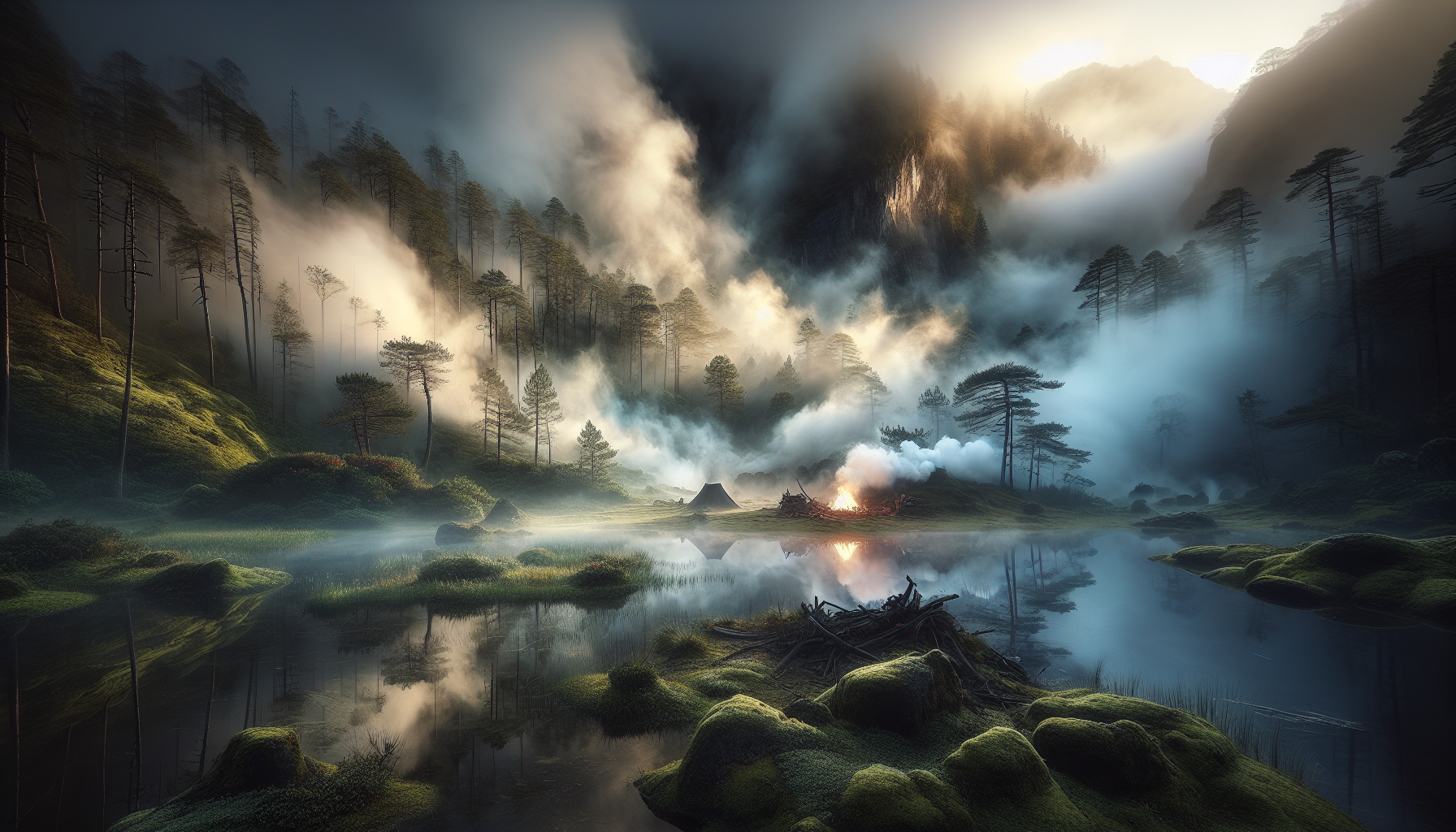
Conclusion
Capturing the mystique of fog and smoke in photography is not just about pointing a camera and shooting. It requires a nuanced understanding of the atmospheric elements and the skills to manipulate light and shadow to create compelling images. Throughout this article, we’ve delved into the technicalities and artistic considerations essential for mastering fog and smoke photography. Let’s revisit these key insights and explore why this niche of photography holds a special place in the realm of visual arts.
Understanding the Basics
We began by exploring the fundamental differences between fog and smoke. Fog is a natural phenomenon that occurs when water vapor condenses in the air, whereas smoke is a result of combustion, containing solid particles and liquid droplets suspended in the air. Recognizing these distinctions is crucial because each element interacts with light differently, affecting how it is captured on camera. Fog tends to diffuse light, creating a soft, ethereal quality in photographs. Smoke, on the other hand, can vary greatly depending on its source, offering a range of textures and densities that can be creatively utilized.
Technical Considerations
Technical mastery is essential for capturing fog and smoke effectively. We discussed the importance of understanding camera settings such as ISO, aperture, and shutter speed. Lower ISO settings help minimize noise, while wider apertures can enhance the dreamy quality of fog by providing a shallow depth of field. In contrast, capturing the intricate details of smoke might require a narrower aperture to ensure more of the image is in focus.
The role of lighting in fog and smoke photography cannot be overstated. Natural light, especially during the golden hours of dawn and dusk, can amplify the enchanting qualities of fog. Conversely, artificial lighting can be used to backlight smoke, highlighting its complex patterns and swirls. The direction and intensity of light are pivotal in setting the mood and tone of the photograph.
Artistic Expression and Creativity
Fog and smoke provide a canvas for artistic expression, allowing photographers to convey emotion and narrative through their work. The presence of fog can evoke feelings of mystery and tranquility, often used in landscape photography to create a sense of depth and isolation. Smoke, with its dynamic and unpredictable nature, can be employed to add drama and tension to an image.
We explored various creative techniques, such as long exposures to smooth out movement and create a ghostly effect, or using props like colored lights and reflectors to add an otherworldly dimension to smoke photography. Experimentation is key—embracing the unpredictable nature of these elements can lead to serendipitous and unique results.
Ethical and Environmental Considerations
An often overlooked aspect of fog and smoke photography is the ethical and environmental implications. For fog photography, the main concern is safety, as navigating in foggy conditions can be hazardous. For smoke, especially when artificially generated, photographers must consider the environmental impact and adhere to safety guidelines to prevent harm.
Why It Matters
The allure of fog and smoke in photography lies in their ability to transform the mundane into the magical. These elements challenge photographers to see beyond the obvious, to capture not just a scene but a mood, a story. In an era where digital manipulation is common, the authenticity of capturing these atmospheric conditions in real-time adds an element of genuineness and skill to the craft.
Photography, at its core, is about storytelling and evoking emotion. Mastering fog and smoke photography enhances one’s ability to communicate visually, broadening the scope of narrative possibilities. Whether you are a seasoned photographer or a passionate amateur, the skills acquired through exploring this niche can elevate your work across all genres of photography.
Engaging with the Community
We encourage you to apply the techniques discussed here and experiment with your own fog and smoke photography projects. Share your images with the photography community, seek feedback, and continue learning. Engaging with fellow photographers can provide new perspectives and inspire further creativity. 📸✨
Final Thoughts
In conclusion, fog and smoke photography is a fascinating intersection of science, art, and technique. It challenges photographers to harness the ephemeral beauty of these elements, offering a gateway to creativity and expression. As you venture into this mystical world, remember that every photograph is an opportunity to captivate and connect with your audience. We invite you to comment, share your experiences, and inspire others with your journey into fog and smoke photography. Together, let’s continue capturing the mystique of the unseen.
For further reading and resources, check out National Geographic’s Photography Tips, or explore Digital Photography School’s Fog Photography Guide. These platforms offer valuable insights and inspiration for photographers at all levels. Happy shooting!
Toni Santos is a visual storyteller and artisan whose creations celebrate the poetry of the natural world. Through his thoughtful artistic lens, Toni captures the elegance of botanical forms, transforming them into meaningful expressions of symbolism, resilience, and timeless beauty.
His journey is deeply rooted in a passion for flora and the mysteries they carry. From the shape of a petal to the curve of a vine, each design Toni brings to life reflects a deeper narrative — one of growth, transformation, and harmony with nature. Whether crafting symbolic floral jewelry, enchanted botanical illustrations, or seasonal visual studies, Toni’s work evokes the quiet magic found in Earth’s most delicate details.
With a background in handcrafted artistry and visual design, Toni blends technique with intention. His creations do more than decorate — they speak, often inspired by ancient meanings behind flowers, the cycles of the seasons, and the invisible bonds between nature and spirit.
As the creative voice behind Vizovex, Toni shares this botanical journey with the world, offering curated stories, handcrafted collections, and thoughtful articles that help others reconnect with nature’s symbolism and artistic essence.
His work is a tribute to:
The quiet power of flowers and their messages
The art of visual symbolism in everyday life
The beauty of slowing down to see what’s hidden in plain sight
Whether you’re an artist, a nature lover, or someone drawn to the deeper meanings behind the natural world, Toni welcomes you to explore a space where aesthetics meet soul — one petal, one story, one creation at a time.


